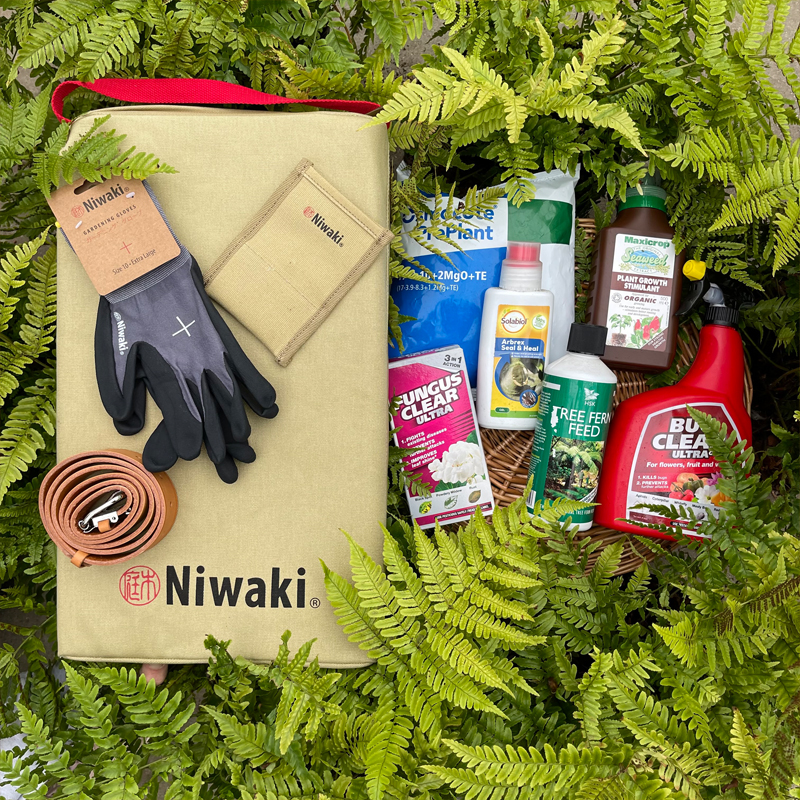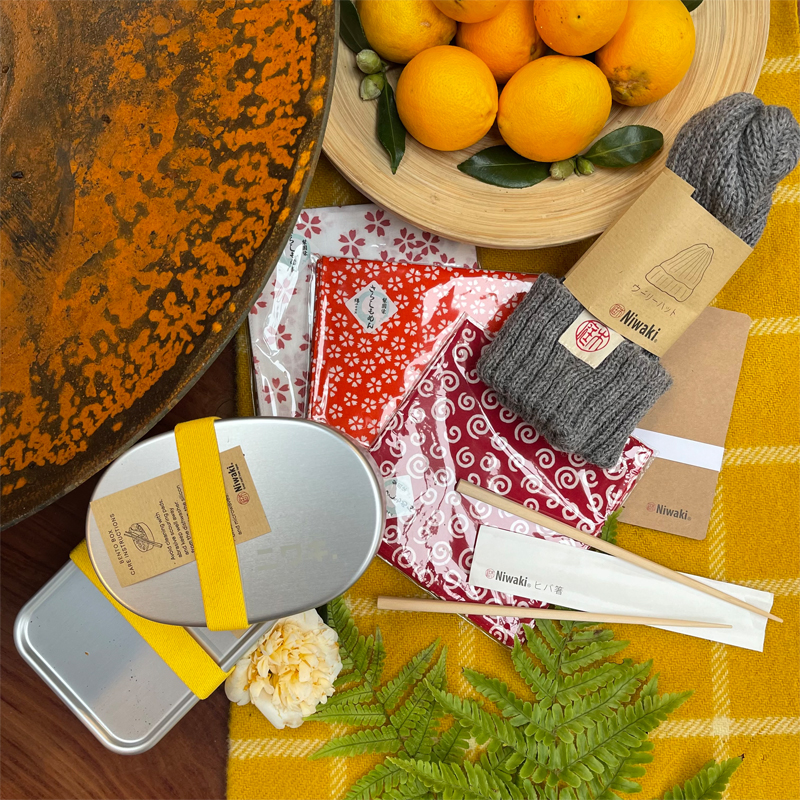Viburnum tinus
Some plants are born architectural, some acquire architecture and some have architecture thrust upon them. This is a case in point. It certainly isn’t born architectural but look for old ones in suburban front gardens as you travel around. They form a beautiful tight flowing shape after many years. We can’t really wait for that so we thrust architecture upon them in the form of shaping them with a pair of shears. If you have an old one, you can add to its shapeliness by revealing the trunk structure by thoughtful removal of lower branches. Viburnum tinus rarely produces trunks of more than 4″ in diameter so you’re likely to have a many trunked little tree. It can grow to 15ft or more occasionally. The flowers are no one’s favourite smell but they cover the plant (white and pink) and undoubtedly have an architectural quality of their own. They also tend to be winter flowering so you can admire the lovely plant from behind a pane of glass. It also makes a great hedge and great topiary. Because the leaves are bigger than box and yew (traditional for topiary), the effect of using this is less formal – slightly more shaggy.
Viburnum occasionally succumbs to powdery mildew which is an endemic air-born fungus. Easy to identify – it looks exactly like its name. Powdery and mildewy. It’s easy to treat and we suggest the following action is taken as soon as you notice the white powdery residue on the leaves (usually worst in the inner part of the plant). Give the plant a good clip, removing as much of the affected parts as possible without cutting too hard into the central branch structure. Clean up thoroughly and remove all rubbish from the area. Spray with a general purpose ready to use systemic fungicide – one that contains myclobutanil. Be sure to follow the instructions carefully and repeat treatments as necessary. This protects and cures and so can be used regularly if needed.
N.B. When clipping several plants with the same tool, have a bucket containing a 5% bleach solution and swish your blades around for 30 seconds between plants to sterilise them. This will help avoid the chance of cross contamination of disease.
As with all woody plants, plant high, exposing as much of the taper at the base of the trunk as possible. Allowing soil to accumulate round the base of a tree can be fatal. Keep very well watered when first planted.
Showing the single result













